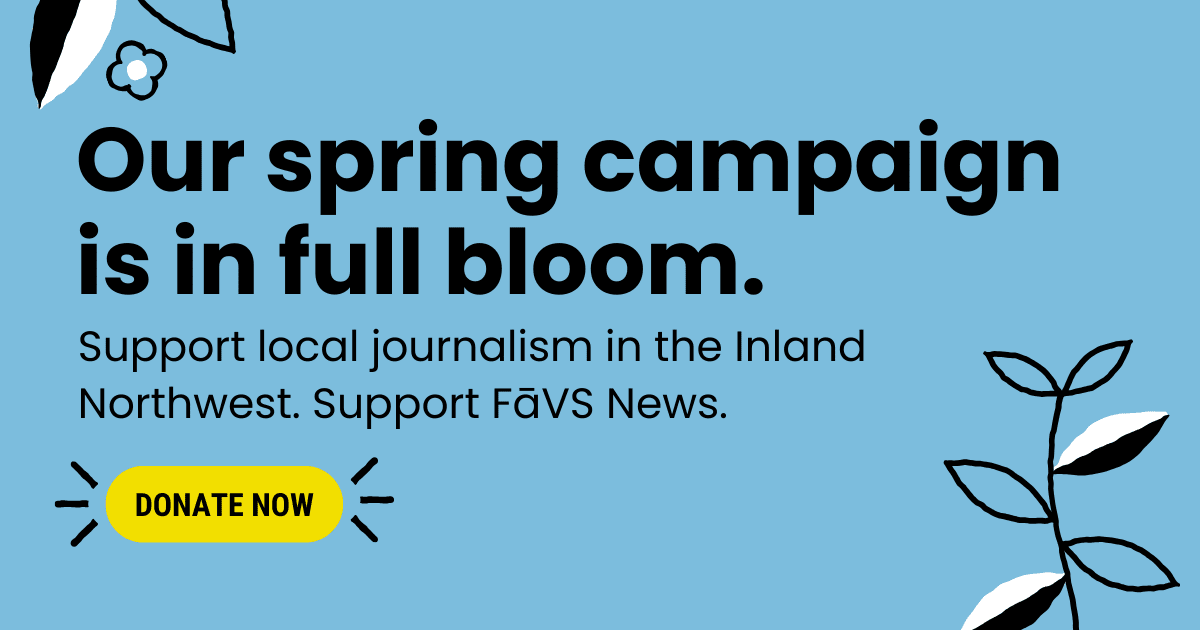The real war on women’s sports is lack of support – not trans athletes!
Guest Commentary by Cara Hawkins-Jedlicka | Washington State University
Last week, Idaho Governor Brad Little proclaimed February as “The War on Women’s Sports is Over Month,” celebrating the passage of the “Fairness in Women’s Sports Act” under the Trump Administration. However, the next day, the U.S. Department of Education withdrew guidance recommending Title IX be applied to distributions from the NCAA’s pending settlement in the House, Carter and Hubbard antitrust cases.
This settlement proposes allowing colleges to pay athletes 22% of shared revenue based on a defined formula. Many institutions plan to allocate these funds primarily to football programs — a sport that, at the NCAA level, is exclusively for men. This decision threatens to widen the funding disparity between men’s and women’s sports, contradicting efforts to ensure fairness.
Title IX’s original purpose
Title IX, enacted in 1972 marked a watershed moment in American education by prohibiting sex-based discrimination in any federally funded educational institution or program. The legislation proved powerful for women’s sports, where the lack of equal athletic opportunities had long been a form of discrimination.
Five-time Olympian Francie Larrieu Smith‘s experience illustrates the barriers women faced before Title IX.
“I did run a few cross-country races with them (the boys’ high school team),” she recalled, “I wasn’t allowed to run track meets. I wasn’t allowed to wear a team uniform.”
The benefits of sports participation are well documented. For those who participate in sports, they tend to have lower rates of anxiety, depression and substance abuse while exhibiting higher self-esteem and academic performance. Sports also foster community, school engagement and lifelong friendships — I still send memes to my former cross-country teammates.
It can be argued that Title IX benefited women beyond the personal and extended to the societal. It promoted the inclusion of women in traditionally male-dominated fields, including sports as well as science, technology, engineering and mathematics (STEM).
Title IX’s compliance problematic
A 2023 Deloitte study revealed a connection between athletics and professional achievement. The survey found that 69% of women in leadership positions earning over $100,000 annually had participated in competitive sports. Further, 85% of women with athletic backgrounds credited the skills they developed through sports as significant contributors to their career success.
While Title IX established a foundation for gender equity in sports, compliance remains an ongoing challenge. Within educational institutions, athletic departments must demonstrate parity in three key areas to meet Title IX requirements: participation, treatment in program areas and athletic financial assistance. Failure to comply should risk their federal funding. However, this enforcement mechanism has proven largely ineffective.
A 2022 USA Today investigation revealed that 87% of colleges and universities in their study failed to provide athletic opportunities to women proportionate to their enrollment. Further, 42 schools appeared to fall short of the standards needed to meet Title IX compliance. This analysis, which examined 127 public and private schools in the Football Bowl Subdivision during the 2020-21 academic year, found that these institutions continued to receive federal funding despite their non-compliance.
Restricting trans-athlete participation added to Title IX
Despite these compliance challenges around gender equity in athletics, the new act sidesteps these issues entirely and instead focuses on restricting transgender athletes’ participation in sports. The act provides that it is a violation of Title IX for federally-funded education programs or activities to operate, sponsor or facilitate athletic programs or activities that allow individuals of the male sex to participate in programs or activities that are designated for individuals of the female sex.
Under the act, sex is based on an individual’s reproductive biology and genetics at birth. It restricts a vulnerable population from the benefits of sport without taking action to protect women’s sports.
I’m not sure there is a perfect solution to trans inclusion in sports that all perspective’s would deem fair, and I am not going to propose one. However, governing bodies with expertise in their respective sports are better suited to develop fair policies.
The International Olympic Committee has permitted transgender athletes to compete since 2004, and organizations like USA Gymnastics, U.S. Soccer and the National Women’s Hockey League have implemented trans-inclusive policies. The NCAA has allowed transgender students to participate in championships based on gender identity since 2011, though individual schools set their own rules.
Women’s sports not harmed by trans-athlete inclusion
Most research suggests trans-athlete inclusion does not harm cisgender women’s sports participation. Instead, the primary barriers for women and girls in sports are opportunity and cost. Despite growth in participation, girls still play sports at lower rates than boys. Budget cuts disproportionately impact girls’ athletic programs, particularly in schools with a larger enrollment of girls.
When women athletes perform exceptionally well, they often face degrading scrutiny of their gender — as in the 1970s, when Charlotte Lettis Richardson and other competitors at a Puerto Rican 10,000-meter race were forced to undergo humiliating physical examinations to “prove” they were women.
Women’s sports are vastly undervalued and underrepresented in the media. The growth of women’s basketball proves this — to paraphrase that Iowa baseball movie, “If you make it easy to find on TV, they will watch.”
In 2011, the NCAA signed a deal with ESPN worth $34 million annually for all women’s college sports. However, a NCAA 2021 report found the media rights for women’s college basketball alone were worth between $81 million and $112 million. In NCAA’s 2024 ESPN deal, the valuation for the women’s NCAA national championship tournament was set at $65 million, and for the first time this year, NCAA women’s basketball teams will receive financial payouts for participating, just as men’s teams have for years.
There are some easy ways to support women’s sports: watch them, go to women’s games, buy a jersey of a women athlete and help spread the hype. I’ll let you debate the all-time G.O.A.T., but Serena Williams and Simone Biles definitely belong in the conversation.
The real threat to women’s sports isn’t trans athletes — it’s the lack of support. If we truly want to end the war on women’s sports, we need to provide opportunity, reduce the cost to participate and value women athletes.
The last time I checked, there are still tickets available for the women’s NCAA basketball championship tournament in Spokane.
The views expressed in this opinion column are those of the author. They do not necessarily reflect the views of FāVS News. FāVS News values diverse perspectives and thoughtful analysis on matters of faith and spirituality.













The obsession with genitals (especially children’s genitals) is so very creepy. In my experience, hormones are a great equalizer and I find the trans women I know to be physically comparable to cis women I know (a few have some height and an Adam’s apple if untreated with hormone blockers as teens).